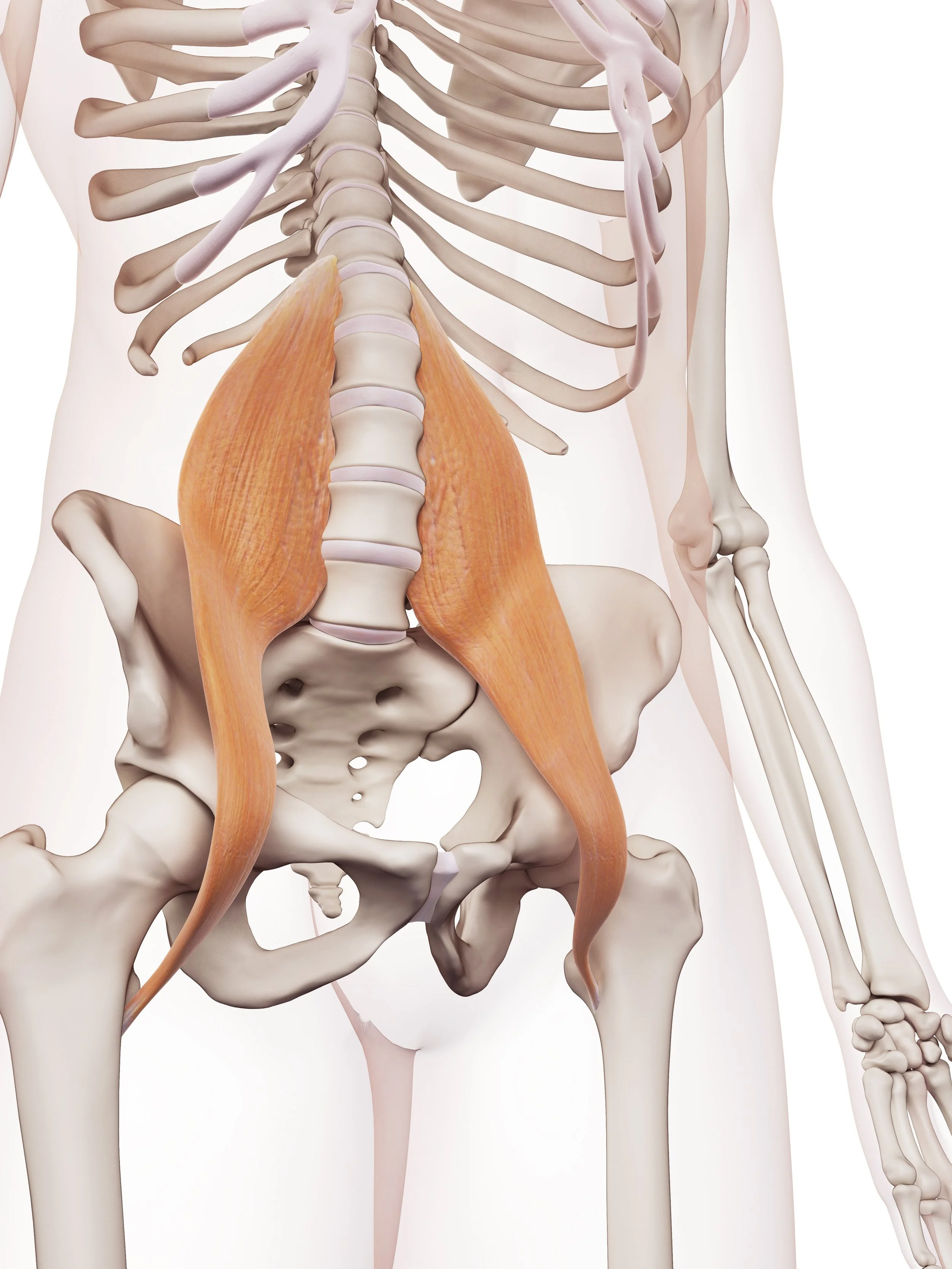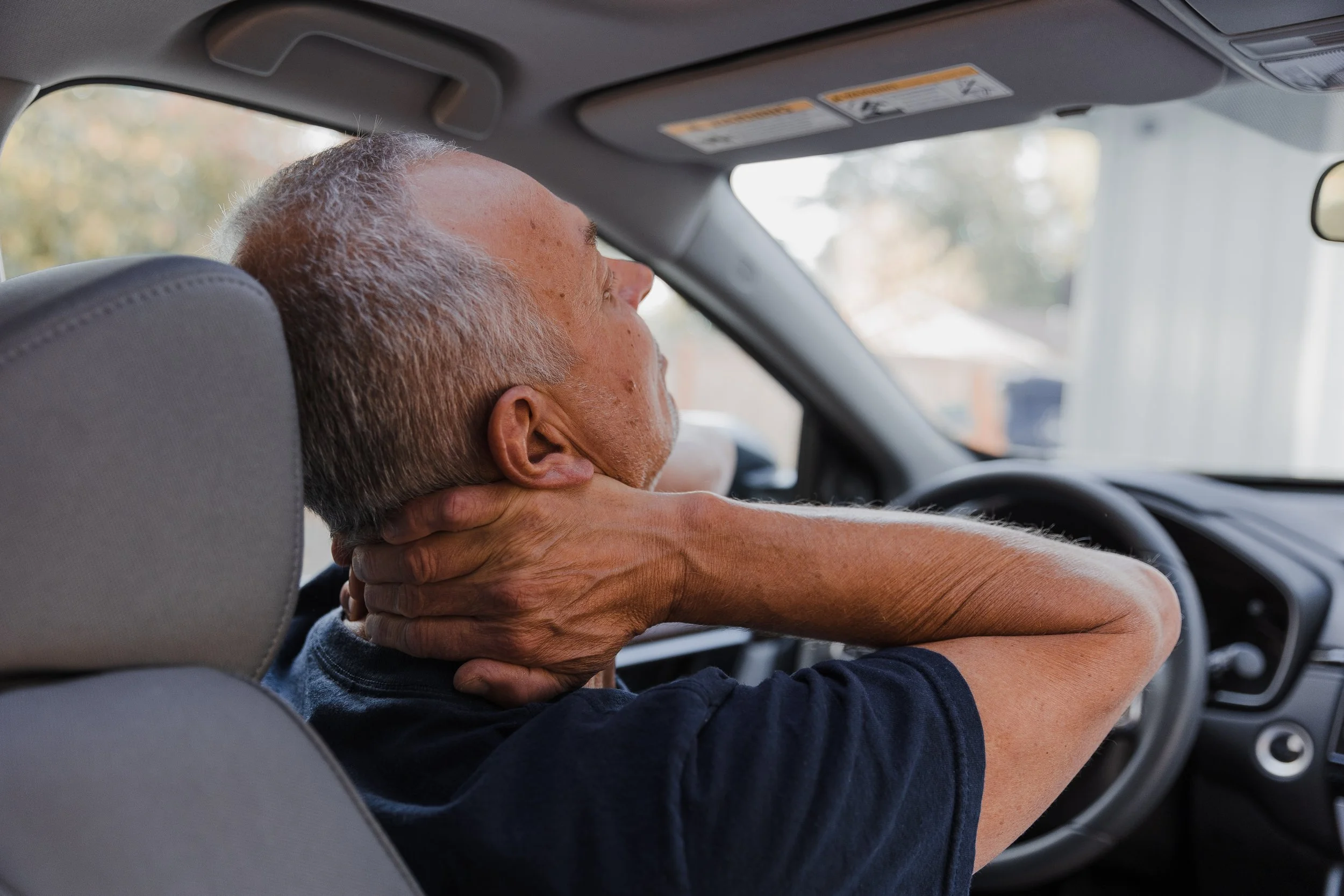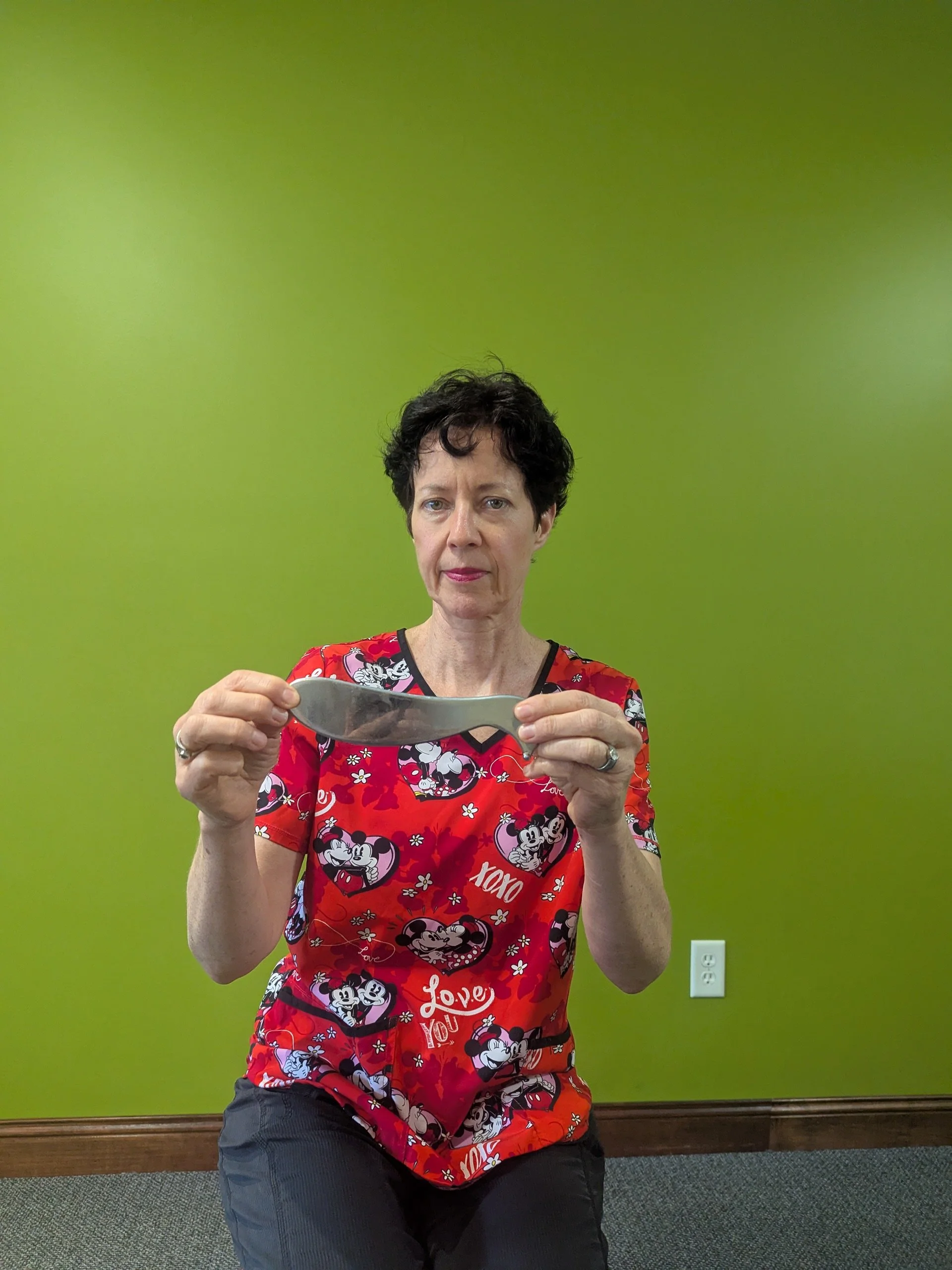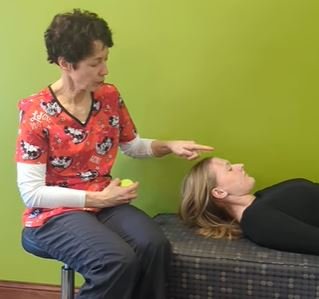“GOOD PAIN” VERSUS “ BAD PAIN” PAIN FROM ACTIVITY AND EXERCISE
A question that arises commonly as we tackle the rehabilitative phase of a patient’s treatment plan, is what level of discomfort is to be expected and tolerated when patients start resuming normal activities or pursue exercising when being treated for an acute or chronic condition. In other words, what is the defining line between good and bad pain?
First, we should talk about when we start introducing therapeutic activities in the first place, especially when patients are acute, as some patients are pretty eager to start exercising to get better faster. As a general rule, I may not add much beyond in office treatment and light walking, breathing, general movement and active range of motion stretching in the first week or two of treatment. You cannot inherently strengthen or stabilize something that is completely dysfunctional or structurally misaligned.
Usually by the end of the second week at the latest, we can start adding more specific activities. With the input of the patient, we look to find the right balance between pushing the patient enough to make gains, and not pushing so hard as to reinjure. It can be a bit of a balancing act, and I give the patients three guidelines to stay in the safe zone:
- There is a difference between pain and soreness. Soreness is a normal reactivation reaction that is more of a generalized discomfort. Sharp pain is normally to be avoided as a sign that you are pushing too far too fast.
- I like to use the 2 points on the 10 scale rule: during the therapeutic activity, it can be OK to have a little more discomfort than at baseline. For example, if youR pain at rest is a 2 on a 10 scale, it can be at a 4 on a 10 scale, but really you should not let it get much higher.
- The discomfort associated with the activity should not significantly outlast the activity itself, ideally returning to baseline within 30-60 minutes. If post activity related pain lasts into the rest of the day, if it interferes with sleep, if it is still present the following day, these would all be indications that you are pushing too hard, too fast, or that the exercise is not right for you.
There is not a one size fits all solution to what discomfort is OK in your situation, and you ultimately need to discuss that with your provider. Some people have underlying conditions that will carry a little more baseline pain during the rehab phase ( inflammatory arthritis, meds, fibromyalgia), that will require creative accommodations. But in the end, where there is a will, there is almost always a way to get stronger.
Photo courtesy of Freepik
















